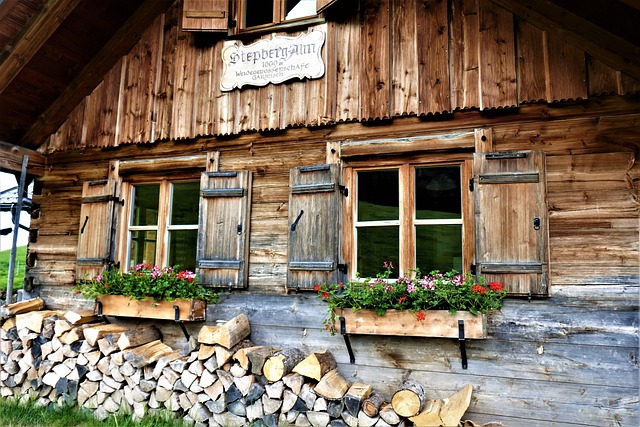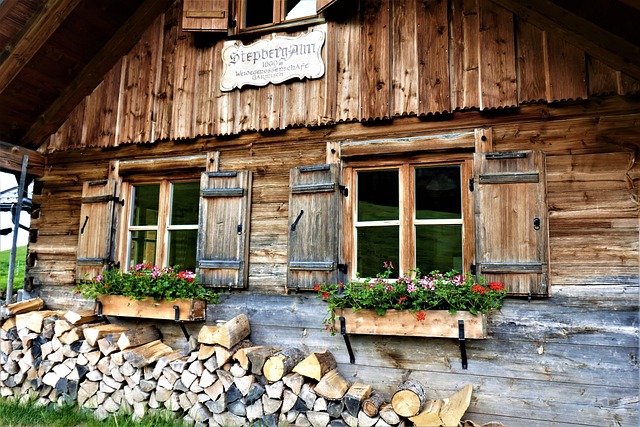High-tech companies are transforming urban landscapes globally by revitalizing neglected areas into hubs of innovation, economic growth, and modern design. Their arrival brings multiple benefits, including attracting talented professionals, stimulating real estate development, and fostering vibrant communities. Tech giants gain access to diverse talent pools while contributing to infrastructure improvements and creating high-skilled jobs. This results in reimagined skylines with iconic landmarks, enhancing the quality of life for residents and tourists alike. The rapid growth of tech hubs has profoundly impacted real estate markets, driving up property values and triggering demands for housing in cities like San Francisco and New York. Case studies from Silicon Valley to Toronto illustrate the significant economic booms these tech centers have fostered.
High-tech companies are transforming urban and rural landscapes, driving economic growth and innovation across various regions. This article explores their profound impact on local communities, focusing on three key areas: the revitalization of urban real estate markets, the emergence of tech-driven rural growth, and the unique challenges and opportunities in commercial real estate trends. By examining case studies and current trends, we uncover how policymakers, developers, and business leaders can harness the potential of tech companies to foster sustainable and inclusive development.
The Role of High-Tech Companies in Revitalizing Urban Landscapes

High-tech companies are increasingly playing a pivotal role in revitalizing urban landscapes, transforming once-neglected areas into thriving hubs of innovation and economic growth. Their arrival often sparks a chain reaction of positive changes; they attract talented professionals, stimulate real estate development, and foster a vibrant lifestyle that draws in businesses and residents alike. The impact is multifaceted: existing communities benefit from the influx of investment, infrastructure improvements, and the creation of high-skilled jobs, while the companies themselves gain access to a diverse talent pool and a robust ecosystem of support services.
These tech giants often serve as catalysts for urban renewal, prompting local governments and developers to embrace modern design and sustainable practices. The result is a reimagined skyline dotted with iconic landmarks that become symbols of progress and attract global attention. From sleek office buildings to mixed-use developments integrating residential, commercial, and recreational spaces, these revitalized areas offer enhanced quality of life for residents and tourists alike, solidifying the region’s position as a desirable destination for both businesses and individuals seeking cutting-edge environments.
– Exploring the economic impact of tech hubs on urban real estate markets

The rise of tech hubs and high-tech companies has significantly influenced urban landscapes, particularly in the realm of real estate. As these tech giants establish their presence in a city, they spark a chain reaction that impacts property values and the overall market dynamics. The influx of skilled professionals seeking employment in these sectors drives up demand for housing, leading to increased rental rates and potential price appreciation for properties in close proximity to tech hubs. This phenomenon is especially prominent in cities like San Francisco and New York, where thriving tech industries have contributed to a surge in real estate values.
Tech companies often bring with them a unique set of requirements, such as modern office spaces and amenities tailored to their innovative culture. This demand for specific types of properties has resulted in the transformation of urban areas. As a consequence, traditional residential neighborhoods may give way to mixed-use developments featuring commercial and residential blends, further diversifying the local real estate market. In terms of investment, high-tech-driven urban centers can attract significant capital, fostering economic growth and enhancing the overall appeal and desirability of the city.
– Case studies: Successful transformations driven by tech industries

In recent years, high-tech companies have been instrumental in transforming various cities and regions, sparking notable local growth. Case studies from around the globe demonstrate how tech industries can revitalize urban landscapes and rural areas alike. For instance, the emergence of tech hubs in once-sleepy towns has led to significant economic booms, attracting talent, fostering innovation, and driving real estate market surges. These transformations are not just about building modern offices; they encompass the development of smart infrastructure, the expansion of digital services, and the creation of vibrant communities that appeal to a diverse range of residents and businesses.
One prominent example is Silicon Valley, which has not only been a global tech leader but has also spread its influence through strategic investments in education, research, and entrepreneurship programs. This has resulted in spinoffs and startups that have further enriched the local economy and attracted multinational corporations looking to tap into this talent pool. Similar stories can be told about cities like Berlin, Austin, and Toronto, where thriving tech sectors have led to cultural shifts, improved quality of life, and enhanced global competitiveness, making them desirable destinations for both businesses and individuals alike in the modern digital age.






